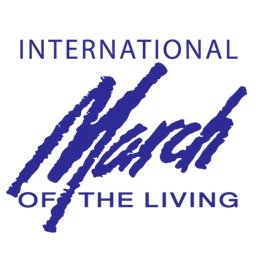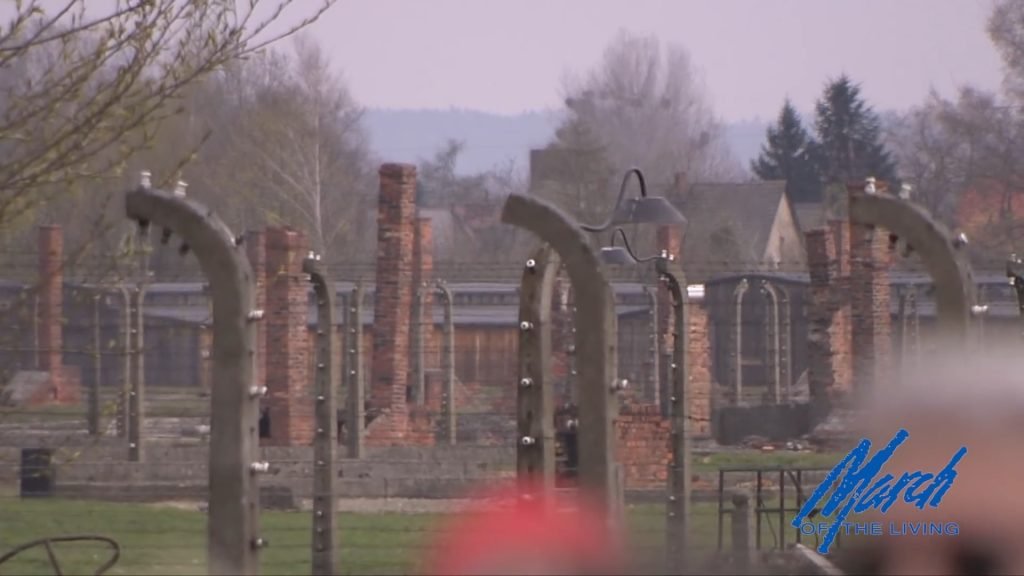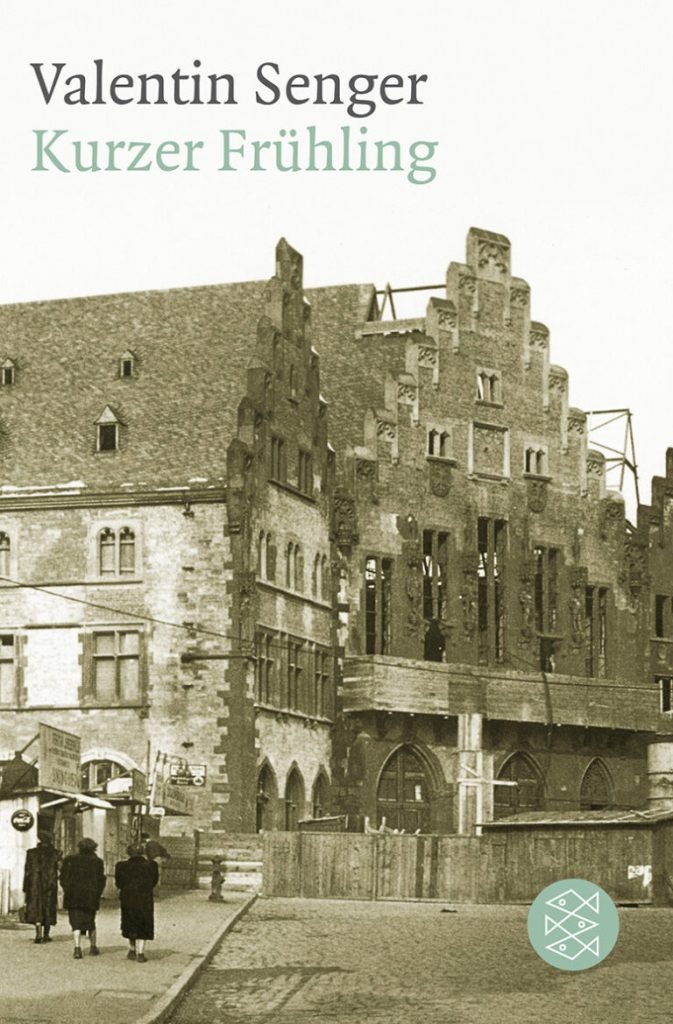Yom Ha’Shoah/יום השואה

On Holocaust Memorial Day, as observed in the Jewish calendar (Yom HaShoah; 27 Nissan, which falls in April or May), thousands of participants march silently from Auschwitz (Auschwitz I) to Birkenau (Auschwitz II).
The program was established in 1988 and takes place annually for two weeks around April and May, immediately following Pesach. The Israeli founders of the March of the Living were politician Avraham Hirschson, educator Dr Shmuel Rosenman, and attorney Baruch Adler. They were assisted in the early years by Jewish communal leaders and philanthropists from the United States (Alvin Schiff, Gene Greenzweig, Dr David Machlis, and Joseph Wilf, the first North American Chair of the March of the Living), and Canada (Walter Hess, Shlomo Shimon, Rabbi Irwin Witty, and Eli Rubenstein).
The climax of the program is the March, which is designed to contrast with the death marches which occurred towards the end of World War II. When Nazi Germany withdrew its soldiers from forced-labour camps, inmates—most already starving and stricken by oppressive work—were forced to march hundreds of miles further west, while those who lagged behind or fell were shot or left to freeze to death in the winter climate. The March of the Living, in contrast to the death marches, serves to illustrate the continued existence of the Jewish people despite Nazi attempts at their obliteration.
After spending a week in Poland visiting other sites of Nazi Germany’s persecution, such as Majdanek, Treblinka, and the Warsaw Ghetto, various Synagogues and former sites of Jewish life and culture, many of the participants in the March also travel on to Israel where they observe Yom Ha’zikaron (Israel’s Remembrance Day) and celebrate Yom Ha’atzma’ut (Israel’s Independence Day).

Auschwitz-Birkenau, Poland
& 27 Nisan 5775 (15 April 2015)
El Molei Rachamim is the Jewish memorial prayer for the departed. Cantor Shimon Farkas is a world-renowned cantor from Sydney, Australia. Three of his grandparents perished at Auschwitz-Birkenau.

El Molei Rachamim (אל מלא רחמים)
Version for the Remembrance of Victims of the Shoah
It is worth noting the post-Shoah history of El Molei Rachamim. The German writer and journalist, Valentin Senger, a child of Russian-Jewish immigrants, is best known for his 1978 autobiographical Kaiserhofstraße 12, in which he recounted his childhood centred around the central Frankfurt street of that name—managing to evade detection by the Nazis and survive the Shoah. In his subsequent memoir, Kurzer Frühling (1984), he recalled the first commemoration of Kristallnacht at a Jewish cemetery in November 1946. He described in detail his emotional response triggered by the recitation of El Molei Rachamim, in which the cantor had interpolated the names of those who had died in the camps. He described it thus:
Das Herz wollte es mir zerreißen. Ich finde keine passendere Beschreibung des Zustands, in den mich das »El Molei Rachamim« versetzt hatte. Weinend schlich ich mich davon…
Das war es wohl, was das »El Male Rachamim« in mir ausgelöst hatte, die quälende Empfindung, in welch einer verzweifelten Ohnmacht die Juden zu Tode kamen…
Es waren meine ermordeten Brüder und Schwestern, denen der Klagegesang galt und für die der Kaddish gebetet worden war. Das ganze unfaßbare Leid der Opfer hatte sich in den alles durchdringenden Klagelauten zusammengeballt.
Valentin Senger, Kurzer Frühling (Zurich: Ammann 1984), pp. 59–61.
English translation:
My heart wanted to tear it apart. I can’t find a more fitting description of the state that “El Molei Rachamim” had put me in. I slipped away crying…
That was probably what the “El Molei Rachamim” had triggered in me, the agonising sensation of the desperate helplessness with which the Jews were dying…
It was my murdered brothers and sisters for whom the lament was sung and for whom the Kaddish was prayed. All the inconceivable suffering of the victims was concentrated in the all-pervading lamentations.

In her 2021 book, Transcending Dystopia, the German-American professor of ethnomusicology, Tina Frühauf notes that:
In Berlin, four days after the city’s capitulation, the first postwar service was held on May 6, at the briefly reinstated Reich Association of Jews in Germany at Kantstraße 158, officiated by the Polish chief rabbi David Kahane and attended by Jewish soldiers of the Red Army and surviving Jews. The room was not big enough for the crowd. The chazzan, too, was a member of the Polish army and sang in memory of the victims the El Molei Rachamim—just after Kahane announced that six million Jews had died under the Nazi regime.
Commonly sung at Ashkenazic funerals and memorial services for the ascension of the souls of the dead, the “El Molei Rachamim” would become one of the central prayers of the postwar period, heard during memorials and commemorative gatherings and sung to different melodies. Eventually, a specific version for the remembrance of the victims of the Holocaust would emerge. Here it was “interrupted by the sobs of the stirred listeners” [citing Bruno Blau in “Jewish Life in Germany: Memoirs from Three Centuries” (1991)].
Tina Frühauf, Transcending Dystopia: Music, Mobility, and the Jewish Community in Germany, 1945–1989 (New York: Oxford University Press, 2021), pp. 77–78.
Text of the Shoah version:
אֵל מָלֵא רַחֲמִים שׁוֹכֵן בַּמְּרוֹמִים, הַמְצֵא מְנוּחָה נְכוֹנָה עַל כַּנְפֵי הַשְּׁכִינָה, בְּמַעֲלוֹת קְדוֹשִׁים וטְהוֹרִים כְּזוֹהַר הָרָקִיע מַזְהִירִים אֶת כָּל הַנְּשָׁמוֹת שֶׁל שֵׁשֶׁת מִילְיוֹנֵי הַיְּהוּדִים, חַלְלֵי הַשּׁוֹאָה בְּאֵירוֹפָּה, שֶׁנֶּהֶרְגוּ, שֶׁנִּשְׁחֲטוּ, שֶׁנִּשְׂרְפוּ וְשֶׁנִּסְפּוּ עַל קִדּוּשׁ הַשֵׁם, בִּידֵי הַמְרַצְּחִים הַגֶּרְמָנִים הָנַאצִים וְעוֹזְרֵיהֶם מִשְּׁאָר הֶעַמִּים. לָכֵן בַּעַל הָרַחֲמִים יַסְתִּירֵם בְּסֵתֶר כְּנָפָיו לְעוֹלָמִים, וְיִצְרוֹר בִּצְרוֹר הַחַיִּים אֶת נִשְׁמוֹתֵיהֶם, ה’ הוּא נַחֲלָתָם, בְּגַן עֵדֶן תְּהֵא מְנוּחָתָם, וְיַעֶמְדוּ לְגוֹרָלָם לְקֵץ הַיָּמִין, וְנֹאמַר אָמֵן
Merciful God, who dwells above, provide a sure rest upon the Divine Presence’s wings, amongst of the holy and the pure, whose shining resembles the sky’s, all the souls of the six million Jews, victims of the European Holocaust, who were murdered, slaughtered, burnt and exterminated for the Sanctification of the Name, by the German Nazi assassins and their helpers from the rest of the peoples. Therefore, the Master of Mercy will protect them forever, from behind the hiding of his wings, and will tie their souls with the rope of life. The Everlasting is their heritage, the Garden of Eden shall be their resting room, and they shall rest peacefully upon their lying place, they will stand for their fate at the end of days, and let us say: Amen.
Consider that backdrop to the tremendously emotional significance of reciting El Molei Rachamim to a large crowd drawn from 50 countries, gathered at a specially arranged annual event to commemorate the 6 million Jews murdered in the Shoah—let alone one held literally in front of the former Auschwitz-Birkenau extermination camp itself, the infamous and enduring symbol of the most violent antisemitism ever perpertrated.
How could anyone alive today deliver a suitable and heartfelt rendition of the memorial prayer not just with the appropriate and necessarily elegant declamation, but with readily perceived vocal and visceral precision—replete with pitch-perfect emotion, gravitas and reverence—accompanied by a wide panoply of facial and physical animation? The simple passage of time between the end of that ghastly chapter and the present—75 years and counting—suggests that vanishingly few contemporary chazzonim, if any at all, might be up to such a formidable task. Yet it is not only a task but a responsibility.
The role of anyone with the wherewithal to assume that responsibility carries a critical importance that seems to defy explaning by mere words. Indeed, language alone cannot serve as a medium through which one might even attempt to do so. Song is, after all, the language of emotion, and thus it is only through song that this responsibility can be discharged. While the discharge itself will necessarily command the performative repertoire of a skilled practitioner, it is anything but a performance. By dint of nothing other than his inherent talent (and a microphone), the officiator delivering the rendition must unambiguously achieve two goals. First, he must convey to the physical audience in front of him—and to his infinite and perpetual audience online—the unspeakable depth, breadth and tragedy of this suffering, both human and Jewish as it was. Second, he must transmit it in a manner imbued with such clarity that he is aware, in real time, that he is indelibly searing the entire experience of the 6 million into the psyche of every person in every audience until the end of time.
Were it not for the fact that a candidate for this titanic burden of responsibility does exist, it would be fanciful to imagine anyone could accomplish it. That person is Cantor Shimon Farkas. Born in 1940s Hungary not long after the war, three of his four grandparents perished in Auschwitz. After leaving Revolutionary Hungary at the age of one, he trained in Israel and the United States before settling in Sydney at the age of 23, where he was appointed Senior Cantor of the Central Synagogue, the largest shul in the Southern Hemisphere and one of the largest in the world. Barring a stint in upstate New York in the 1980s and 1990s, he has held that position ever since. Those of us who have been listening to him daven since the first time they can remember hearing a chazzan daven—and many hundreds if not thousands since—know that Shimon is perhaps the only human being who has the capability to convey and transmit the suffering of our people in the middle of the 20th century in an all-but-experiential manner.
Indeed, it seems hard to reconcile his stunning ability to communicate the torturous and omnipresent memories of others with the fact that Shimon himself did not endure the experience that killed 6 million Jews and haunted another 3 million who escaped that murderous fate. However, that is little more than a footnote to his stellar 50-year career as an Orthodox chazzan. It is demonstrably apparent that he has shouldered the burden of the suffering of his family and his people throughout his life. At the same time, it has not been an encumbrance on him. While for countless people he serves as the unparalleled embodiment of this singularly traumatic and uniquely Jewish episode—and in that sense, this point might be the apotheosis of his life—it does not define him. Perhaps what delineates Shimon from all other souls is his astonishing ability to convey this nightmare to the world so vividly and poignantly. Although the famous injunction Never Again is impossible not to hear in Shimon’s delivery of this liturgical piece, literally speaking it has only an implicit presence. Yet, that message could hardly be more explicit than when it was first uttered by the newly liberated survivors of Buchenwald.
Cantor Shimon Farkas, OAM (Sydney, Australia) chants El Molei Rachamim on behalf of the victims of the Shoah at Aushwitz-Birkenau, 28 Nisan 5773 (7 April 2013)
